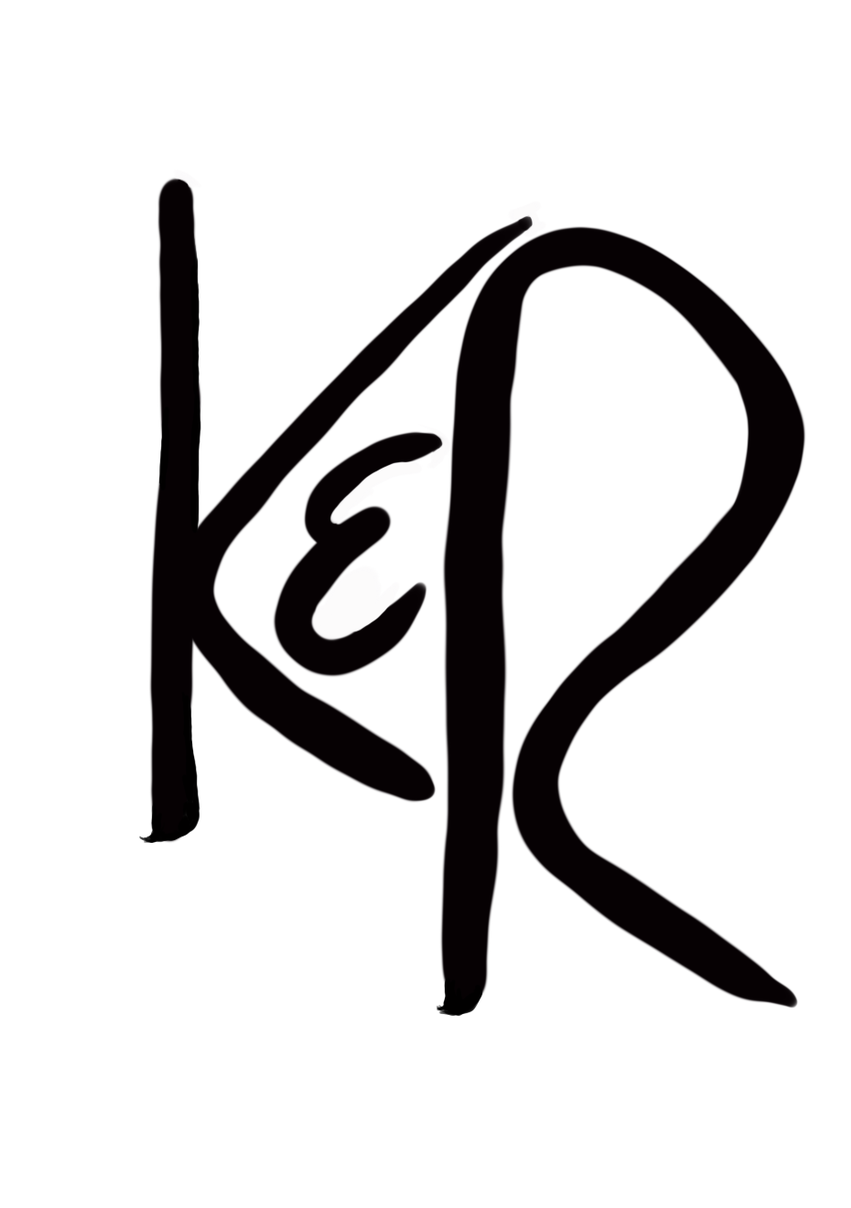Moses climbs the mountain again. This time, over the course of forty days, the LORD carves out with His finger on two stone tablets with the summary of what might be called a code of ethics, or the establishment of civil law, or a definition of sin. Some people use the commandments to guide their personal life. Some nations build their legal system around them. Some individuals measure their standing with God by comparing their life to the commandments.
Everyone knows about the Ten Commandments. They have been guiding principles for the laws of many countries, especially ours. We know them as foundations of Judeo-Christian ethics, as well as Muslim and other laws. They are posted in courtrooms and state houses, and in the front lawns of schools (well, some schools). Even for people who don’t believe in God, the Ten Commandments are pretty much the universal standard of right and wrong.
Except that we don’t actually know what the Ten Commandments are. That’s right. I mean, we know that there ARE Ten Commandments, because Moses later referred to them as ten (Lev. 4:13). But it is not clear as to which ARE the Big Ten. Let me illustrate:
1. No other gods
2. Do not make a graven image
3. Do not bow down to them or serve them
4. Do not take the name of the LORD in vain
5. Remember the Sabbath
6. Honor your father and mother (that your days may be long)
7. Do not murder
8. Do not commit adultery
9. Do not steal
10. Do not bear false witness (against your neighbor)
11. Do not covet your neighbor’s house
12. Do not covet your neighbor’s wife, or male servant, or female servant, or ox, or donkey, or anything that is your neighbor’s
Most Protestants merge #2 and #3, and also #11 and #12.
Most liturgists influenced by Roman Catholicism split #11 and #12, but merge #1, #2 and #3.
Most Eastern Orthodox believers claim that the Roman church has broken #2 by making statues of saints.
Most Eastern Orthodox believe they do not violate #2 with their icons, because they are two-dimensional images, rather than three-dimensional statues, and they are symbolic, rather than realistic representations of people.
Most Protestants believe that Eastern Orthodox icons also violate #2, because they are images of people.
Most Protestants and Muslims believe that images such as a cross or a flag, do not violate #2, since they are abstract.
Some radically-conservative believers reject any images, including abstract crosses, as violations of #2.
We can’t even agree on how to draw the tablets.
Lutheran images show I-IV on the left and V-X on the right.
Roman Catholic images put I-III on the left and IV-X on the right.
What they all agree on is that the first Decalogue is about our relationships with God, and the second Decalogue of human interaction emanates from that.
And then most uninformed Evangelicals draw them I-V and VI-X.
So, as I say, these ancient commandments form the basis of many laws. Virtually no one disagrees with the concepts of #6-12. Even a pragmatic utilitarian could agree that it is best not to lie or murder or steal or commit adultery or covet what belongs to someone else.
Having said that, it is ironic that most people who refer to the Ten Commandments ignore the awkward exclusive intolerance of #1-5. I say it is ironic because the first five commandments provide the REASON for the next seven, for out of our theology comes our behavior.
So there you have it. Everyone believes in the Ten Commandments, in theory, but almost no one agrees on them. And no one has ever followed them, save One. And we killed Him, while we were assuming that He broke them all. Just goes to show something, huh?
